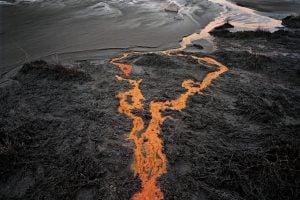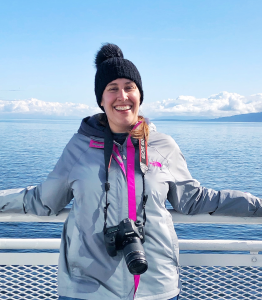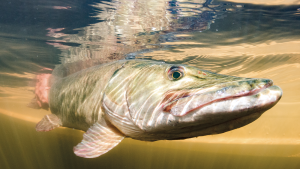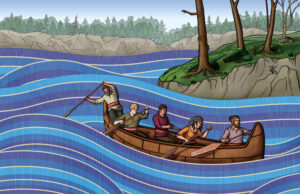
People & Culture
5 Canadian artists addressing Canada’s increasingly threatened landscapes
A century after the Group of Seven became famous for an idealized vision of Canadian nature, contemporary artists are incorporating environmental activism into work that highlights Canada’s disappearing landscapes
- 2058 words
- 9 minutes










